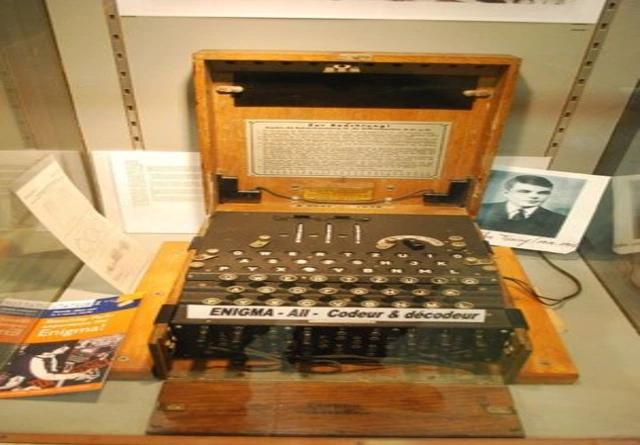
In an era of endless information, few historical stories continue to mystify the public quite. Whether you’re thinking of the cryptographic machine that helped win World War II or the broader symbolic meaning of something deeply puzzling, the word “enigma” evokes curiosity, secrecy, and discovery.
Table of Contents
The machine, in particular, has captured the imagination of technologists, historians, and even Hollywood directors. But what is it about this device — and the larger concept it represents — that continues to grip us nearly a century later?
Here are five fascinating truths behind the machine that continue to inspire awe, raise questions, and shape the way we think about secrecy, war, and intelligence in the modern world.
1. The Enigma Wasn’t Invented by the Nazis
One of the biggest misconceptions is that the machine was a Nazi invention. In reality, the original version was created by a German engineer named Arthur Scherbius in the early 1920s. He intended it for commercial encryption use, hoping it would appeal to banks and businesses looking to secure communication.
It wasn’t until later that the German military adopted the enigma, realizing its potential to encrypt battlefield and strategic communications. This simple shift transformed a commercial curiosity into a global security threat.
2. It Took Polish Mathematicians to Crack the First Code
Before Alan Turing and Bletchley Park became household names, Polish mathematicians were quietly laying the groundwork for what would become one of the greatest cryptographic breakthroughs in history.
In the 1930s, Marian Rejewski, Jerzy Różycki, and Henryk Zygalski used mathematical theory and early machine prototypes to crack the initial enigma codes. They shared their research with the British just before World War II began, accelerating Allied decryption efforts dramatically.
The enigma may be German in origin, but it was truly a multinational effort that cracked its complex cipher.
3. Enigma’s Complexity Was Both Its Strength and Its Weakness
The enigma was so complex that it could generate over 150 quintillion possible settings, thanks to its rotors and plugboard configurations. This made brute-force attacks virtually impossible at the time. Messages were typed letter-by-letter, and the machine would scramble them based on a daily key setting.
Ironically, its greatest weakness was not the design but operator error. Repeated phrases, predictable message structures, and reused settings gave Allied cryptanalysts the patterns they needed to exploit. The machine itself was brilliant, but humans introduced vulnerabilities.
4. Alan Turing and the Bombe Machine Changed History
One of the most iconic moments in the enigma saga came when British mathematician Alan Turing developed the Bombe machine. This electro-mechanical device dramatically sped up the codebreaking process by simulating enigma’s internal logic.
Turing’s work shortened the war by an estimated 2 to 4 years, saving millions of lives in the process. His legacy is inseparable from the enigma — not just for the wartime breakthrough, but also for laying the groundwork for modern computing.
To this day, Turing remains a symbol of intellect, perseverance, and quiet resistance in the face of overwhelming odds.
5. The Enigma Still Inspires Modern Cybersecurity
While the original machine is now a museum artifact, its influence is very much alive. The challenge of securing data, understanding vulnerabilities, and analyzing cryptographic systems is more relevant than ever in today’s digital world.
Many modern encryption protocols are descendants of the same principles that used — rotating keys, substitution ciphers, and complex permutation systems. Cybersecurity experts often study enigma not just as history, but as a foundational case study in both innovation and failure.
Q1: What exactly was the enigma machine?
A: It was a cipher device used primarily by Nazi Germany during World War II to encrypt military communications.
Q2: Who helped crack the enigma code?
A: Polish mathematicians first made headway in the 1930s, and British scientists, including Alan Turing, expanded on this to fully break the codes during WWII.
- 7 Powerful Reasons Why ‘Matlock’ Still Captivates Audiences in 2025
- The New York Mayor Election : A Pivotal Moment for the City’s Future 2025
- Erin Krakow and Ben Rosenbaum Spark Headlines: Hallmark’s Fan-Favorite Duo On and Off Screen In 2025.
- SaveAFox Founder Mikayla Raines Passes Away 2025: A Legacy of Compassion for Rescued Foxes
- Jeff Bezos Marries Lauren Sánchez in Star-Studded Ceremony on the Amalfi Coast

2 thoughts on “5 Fascinating Truths Behind the Enigma That Still Baffle the World Today”